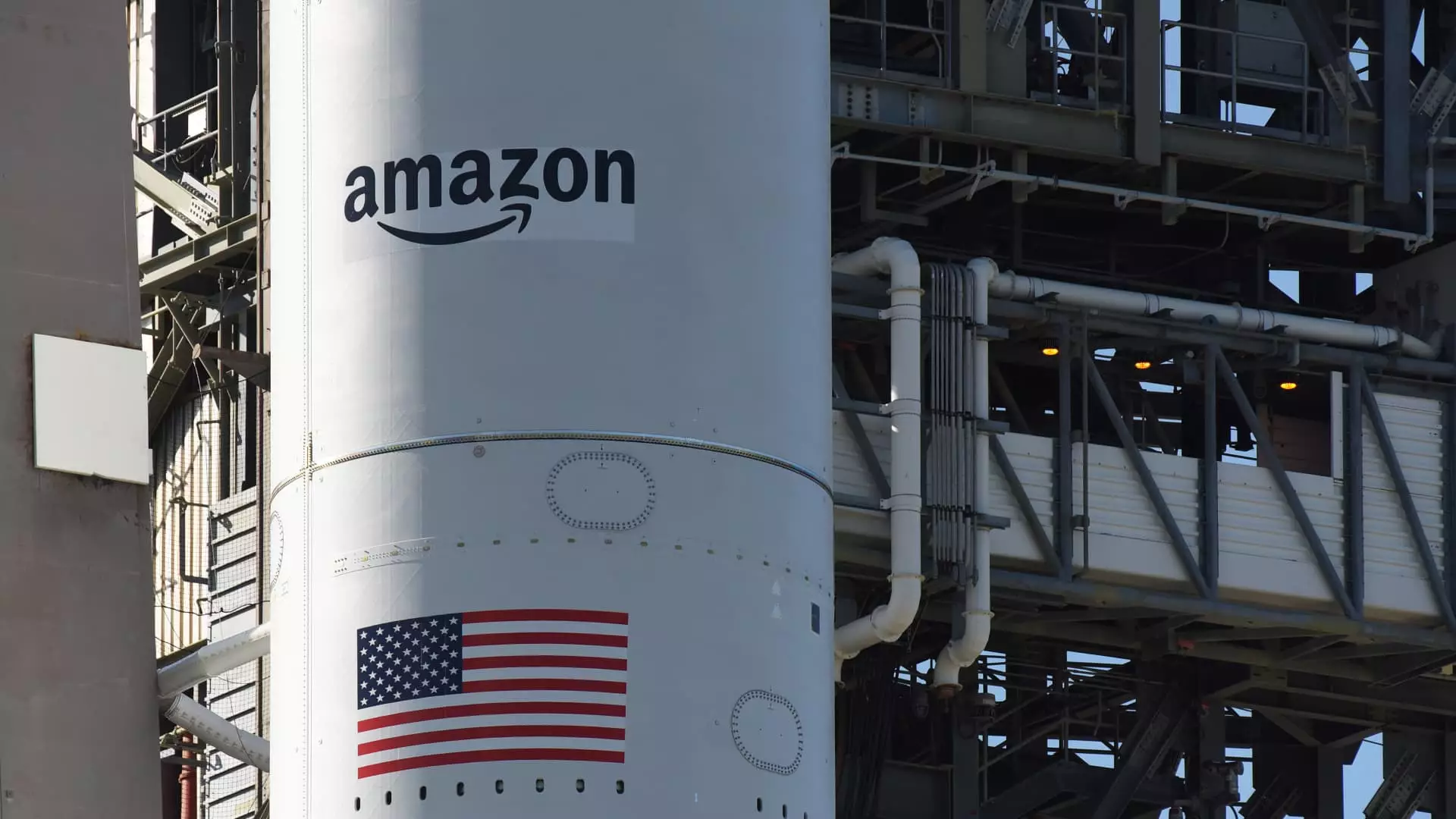Last Wednesday night, Amazon was confronted with an unwelcome delay in its ambitious Kuiper satellite launch. The mission, aimed at delivering high-speed internet across the globe, faced cancellation due to inclement weather over Cape Canaveral, Florida. The United Launch Alliance (ULA) reported an unfavorable weather assessment, specifically citing “stubborn cumulus clouds” and heavy winds that hampered the countdown process. This setback not only emphasizes the unpredictable nature of space missions but also reminds us of the complexities involved in orchestrating a successful launch. In an era where technology drives rapid advancements, the constraints posed by weather conditions demonstrate that despite our best planning efforts, nature can still dictate the timeline of progress.
A Long-Awaited Vision for Global Internet Access
Amazon’s intent to establish a constellation of internet satellites dates back six years, but their vision is rooted in a mission far more ambitious than a mere technological endeavor. The company aims to bridge the digital divide, offering high-speed, low-latency internet to underserved areas, corporations, and governments. This initiative has the potential to revolutionize access to information and opportunities, particularly in remote and rural locations that have historically been neglected by internet service providers. The square-shaped terminals they plan to distribute could be the gateway to a new level of connectivity, enabling users to thrive in an increasingly digital world.
Competitive Pressures: Amazon vs. SpaceX
Yet, in this race for satellite supremacy, Amazon is not alone. With Elon Musk’s SpaceX already boasting an impressive constellation of around 8,000 Starlink satellites, the competition is incredibly fierce. Musk’s recent role in government seems to have further solidified Starlink’s presence within federal circles, giving it an edge over newcomers like Kuiper. Amazon’s response to this pressing timeline, particularly the deadline imposed by the Federal Communications Commission, adds urgency to their operations. To meet the requirement of launching half of their planned 3,236 satellites by July 2026, they must act swiftly and decisively in the coming years.
Looking Ahead: The Future of Amazon’s Internet Services
Despite this delay, Amazon’s broader strategy remains steadfast. Upon successfully launching their first batch of satellites, the company is poised to accelerate its production and deployment rates. This ramp-up could serve as a game-changer, setting the stage for their services to finally go live later this year as expected. The resilience and adaptability in the face of setbacks will be critical in navigating the complexities of executing their satellite missions. As preparations for the next mission begin, the road ahead will require not only advanced engineering solutions but also innovative strategies to outpace competitors in the ever-evolving landscape of satellite internet services.
Ultimately, the landscape of global connectivity hinges on these critical moments. As Amazon overcomes both environmental and competitive hurdles, it will play a significant role in shaping the future of internet access for millions.

